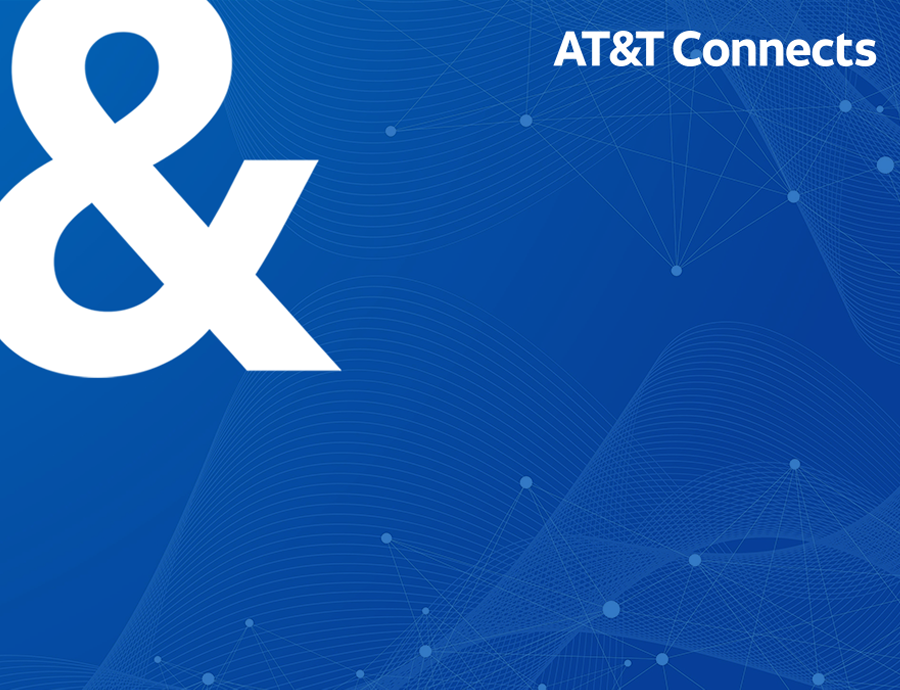I want to set the record straight with facts that address some of the myths and misconceptions surrounding 5G and radio frequency (RF) emissions. Here’s what a few members of the health and scientific community – both internationally and here in the United States – have to say.
Experts Say…
The World Health Organization (WHO)
“No obvious adverse effect of exposure to low level radiofrequency fields has been discovered.”
National Cancer Institute (NCI)
“No consistent evidence for an association between any source of non-ionizing EMF and cancer has been found.”
“The incidence of brain tumors in human beings has been flat for the last 40 years. That is the absolute most important scientific fact.”
American Council on Science and Health
“If these waves were dangerous, we would have died from AM/FM radios, TVs, GPS, and garage door openers a long time ago.”
U.S. Food & Drug Administration (FDA)
In February 2020, the FDA reaffirmed its findings, stating that
“…the available epidemiological and cancer incidence data continues to support the Agency’s determination that there are no quantifiable adverse health effects in humans caused by exposures at or under the
current cell phone exposure limits.”
Additional scientific voices can be found here, including from entities in Canada, Norway, Europe and more. I encourage you to also watch this CNBC video to learn more about how claims against 5G are not based in fact.
To learn about AT&T 5G, visit the Building Our 5G Future website. Or for general information about 5G, click here.

Keeping you connected responsibly
We take everyone’s health and safety seriously. The Federal Communications Commission (FCC), the federal agency responsible for regulating wireless carriers’ RF emissions, has adopted conservative, science-based RF exposure limits for carriers.† These limits apply to all wireless carriers and technologies, including current 4G and new 5G services and devices. AT&T’s wireless sites, including small cells and 5G, comply with these FCC rigorous safety standards.
Radio waves in our daily lives

Radio waves occupy a part of the electromagnetic spectrum with the lowest frequency portion: a range of electric and magnetic waves of different lengths that travel at the speed of light. Other parts of the spectrum include visible light and x-rays. The longer the wavelength, the lower the frequency.

AT&T is committed to working with state and local governments in order to enhance our network, the infrastructure and keep pace with growing data needs.
Additional resources and information can be found at:
†The FCC’s mandatory RF exposure limits were developed based on information from health and safety experts including, but not limited to, the U.S. Environmental Protection Agency (EPA), the Food and Drug Administration (FDA), the National Institute for Occupational Safety and Health (NIOSH), the Occupational Safety and Health Administration (OSHA), the National Council on Radiation Protection and Measurements (NCRPM), the American National Standards Institute (ANSI), and the Institute of Electrical and Electronics Engineers, Inc. (IEEE).


